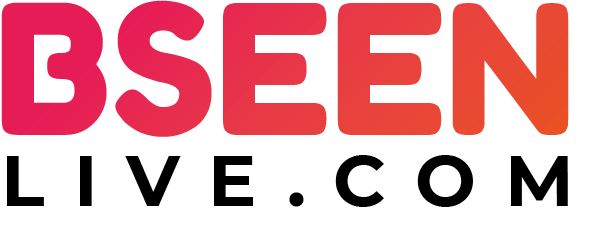In-person events have great value through networking. With virtual events, you can reach a large number of participants and save money. And with a hybrid solution for events, you might have both…
Well, being strategic when organizing an event is definitely a step to take.
But when it’s about looking for the proper event format, you need a different approach to succeed. And success means, keeping your strategy simple but professional.
You can do that by defining the difference between event formats at first and deciding upon that.
Virtual Events
First of all, let’s take a look at virtual events because they make the core of these types of events.
They provide a space for real-time communication on the exact needs of your audiences. They do it with customized and dedicated content for the online audience. Virtual content and the way you communicate it are the key factors of these types of events.
Hybrid Events
When turning attention to the definition of hybrid events… We realize that hybrid event production is about focusing on the scene on the stage and sending the signal online. Doing it, so that virtual participants can consume the content online.
In this sense, with a hybrid event, you have both: a physical event at your venue and a virtual event that online participants can join.
But guess what…
There is no hybrid event format as such…
Something like a hybrid event can’t fully exist this way.
It’s because the two modalities need two very different approaches. That’s also why there is a very essential component missing in hybrid events. It’s the dedicated interaction with the online participants.
Your online audience is eager to learn more about the specific content. People don’t register at your event to watch others having a conversation.
If you can’t provide an online experience, you will lose their attention to your program.
To avoid that, you have to regard virtual events in a “separate” format. And that’s exactly the challenge about it…
How hybrid events are born in reality
But what’s the move when it’s about making a hybrid event?
You need to focus on the production of a virtual event with dedicated content on its own. As next, set up a parallel studio where you can manage your physical event with its specific content.
You are using the same content but you are creating a unique experience for your audience online. To make it even more interactive and engaging, you can give a story-driven twist to your program.
Including behind-the-scene elements from the studio is a popular way to do that. Or a moderator who is guiding them through the journey can lead the communication.
To sum up
So, keep in mind that your online audience needs its own space, content, and interaction. If you decide to support your virtual program with a live scene:
Always remember the different ways attendees consume it.
